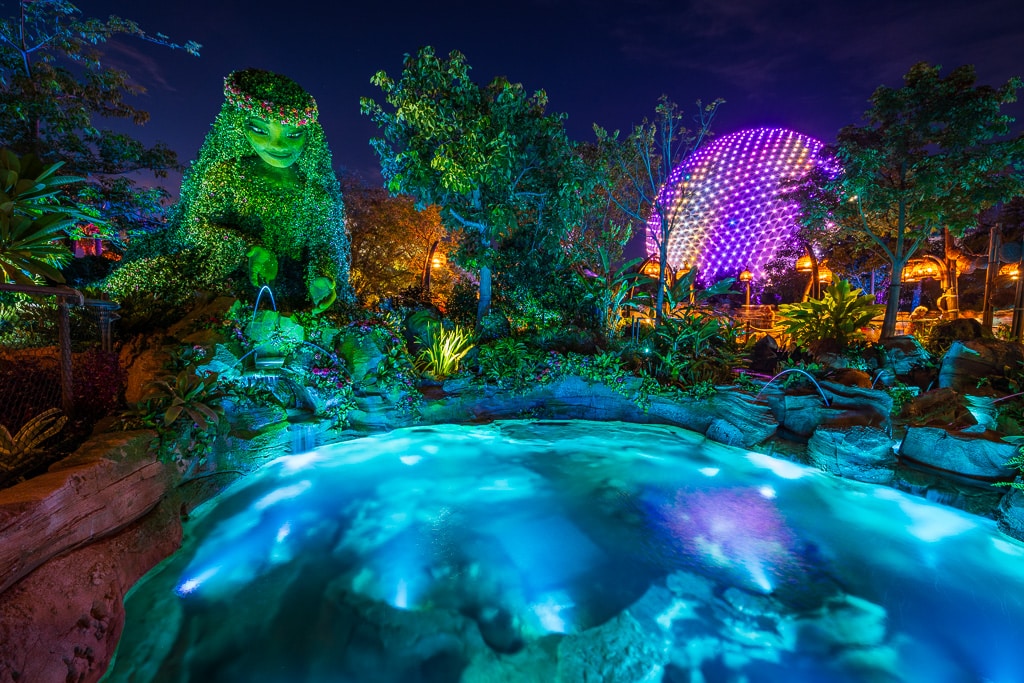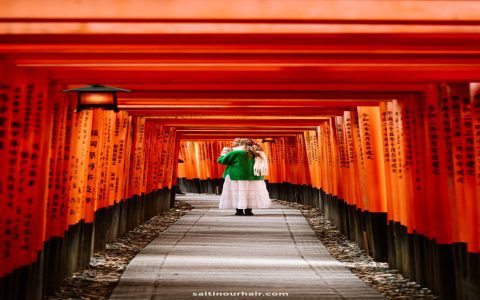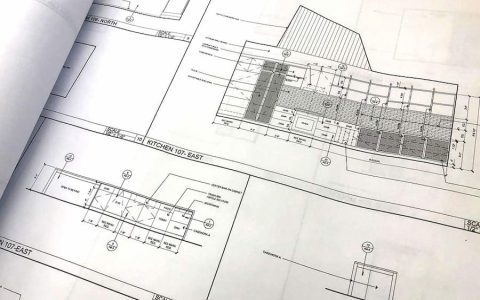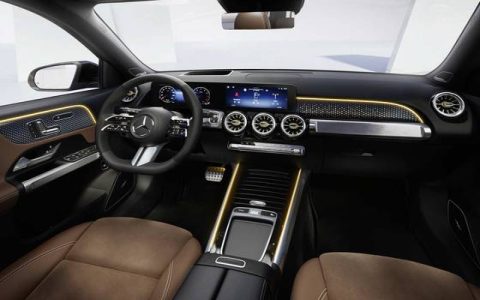The interior of a pavilion, while varied in design, generally prioritizes a harmonious blend of functionality, aesthetics, and connection to its surroundings. It serves as a sheltered space offering respite, a focal point for gatherings, or a platform for specific activities.
Key Interior Characteristics
Understanding the core components helps in appreciating or designing a pavilion's internal space.
- Spatial Layout: Pavilion interiors often feature open or semi-open plans to maximize views and airflow. The layout is dictated by the pavilion's primary purpose, whether it's for relaxation, entertainment, exhibition, or contemplation. Efficient circulation paths are crucial.
- Materiality: Materials chosen for the interior significantly impact the ambiance and durability. Common choices include natural wood for warmth, stone for a sense of permanence, glass for transparency, and metals for structural or decorative elements. Finishes are often selected to be low-maintenance and weather-resistant, especially in open-air designs.
- Light & Ventilation: Natural light is a paramount consideration, often maximized through large openings, skylights, or translucent materials. Strategic design also ensures adequate natural ventilation, contributing to comfort and reducing reliance on artificial systems. Artificial lighting is carefully planned to complement the natural light and provide ambiance during evenings.
- Furnishings & Fixtures: Seating is a primary component, ranging from built-in benches to freestanding furniture, chosen for comfort and style. Other fixtures might include integrated storage, display elements (in exhibition pavilions), or minimal service points. The style often reflects the overall architectural theme, from minimalist to ornate.
- Atmosphere & Connection: The interior aims to create a specific atmosphere – tranquil, vibrant, contemplative, or social. A strong visual and sometimes physical connection to the exterior landscape or surrounding environment is a hallmark of pavilion design. This is achieved through strategic views, openings, and seamless transitions between inside and outside.
Functional Considerations
Versatility: Many pavilion interiors are designed for multiple uses. Flexible furniture arrangements and an uncluttered layout can allow the space to adapt to different events or user needs.

Comfort & Shelter: Fundamentally, the interior provides shelter from elements like sun, rain, or wind, while maintaining a connection to the outdoors. Thermal comfort and protection are key functional aspects, influenced by materials, orientation, and design features like overhangs.
Integration with Structure: The internal expression is often closely tied to the pavilion's structural system. Exposed structural elements can become a significant part of the interior aesthetic, showcasing the engineering and craftsmanship involved.
In essence, the "inside" of a pavilion is a carefully orchestrated space designed to enhance the experience of its occupants, balancing shelter with openness and form with function.







